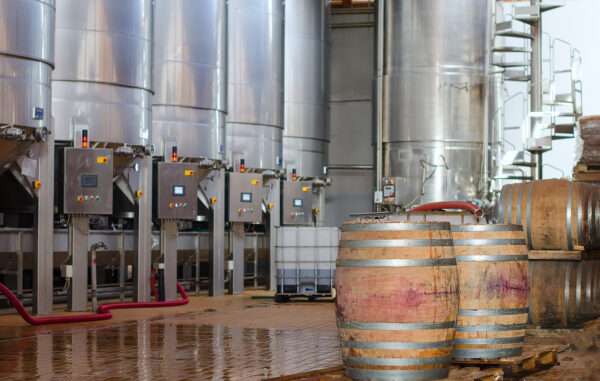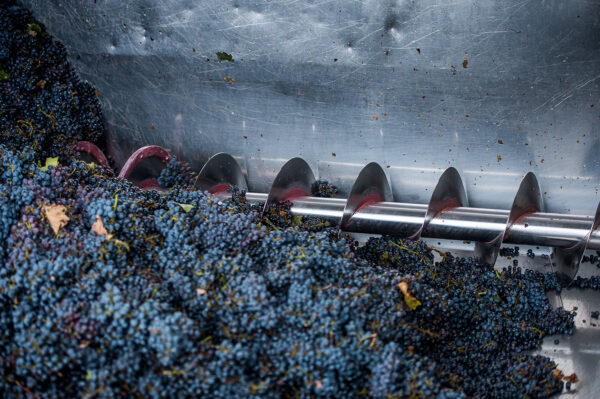As discussed in previous blog posts, the California Department of Food and Agriculture’s Office of Environmental Farming & Innovation (the “CDFA”) is preparing to launch its Cannabis Appellations of Origin Program (the “Cannabis Appellations Program”). Hope is high that the Cannabis Appellations of Origin (“CAOs”), created through the Cannabis Appellations Program, will provide California’s craft cannabis cultivators with a useful new tool for distinguishing and marketing their product.
What is an Appellation of Origin?
In a general sense, an “appellation of origin” provides products with a geographic distinction, generally consisting of a geographical name or a traditional designation. Appellations of origin function to indicate specific product qualities or characteristics that result from the geographical environment in which they are produced. Consumers are often familiar with these products and know them by their geographical names. Famous appellations of origin include Prosciutto di Parma, identifying ham from Parma, Italy, Tequila from Mexico, and Champagne from France. In all of these examples, governing bodies regulate nearly the entire processes of making the products, ensuring specific qualities become associated with products from the places of origin.
What is the Cannabis Appellations Program?
The Cannabis Appellations Program represents a new way for cannabis cultivators to establish an “appellations of origin,” in accordance with MAUCRSA. Like other “appellations of origin,” a CAO functions as a protected designation that identifies the geographical origin of a product (cannabis) and includes production requirements for cannabis grown or made in the designated geographical region. Similar to American Viticultural Areas (“AVA”s) and French Appellations d’origine Controlee (“AOC”s), both specific types of appellation of origin used on wine labels, the CDFA created the Cannabis Appellations Program to fight against misrepresentations of cannabis goods’ origins and to promote regional collaboration around cannabis production. Recently promulgated CDFA regulations set forth requirements, including geographic features and cultivation standards, that cannabis cultivators must articulate in order to establish a COA. Notably, the CDFA program limits CAO certificates to sungrown, in-ground cultivation, highlighting the “terroir” of the cannabis.
How will a Cannabis Appellation of Origin (CAO) compare to an American Viticultural Area (AVA) or French Appellations d’origine Controlee (AOC)?
The difference between AVA and AOC Designations
AVAs and AOCs differ in what they emphasize in order to distinguish products bearing the designations. In many ways, CAOs stand to resemble both AVAs and AOCs, striking a balance between the two types of appellation.
- AVA petitions focus on the distinguishing features of the geographic area, rather than the wine itself. AVA petitions require geographic descriptions, including climate, geological features, soils, and other features that may affect viticulture and make it distinctive. However, wine quality is not an essential requirement of an AVA.
- AOCs, in contrast to AVAs, focus on characteristics of the wine itself. Under the French system, each AOC region specifies its production methods, minimum levels of alcohol, vine age, and other measurements.
CAO Petitions To Share Characteristics With Both AVA and AOC Designations
In the case of California cannabis, CDFA regulations suggest CAO petitions will share characteristics with both of the AVA and AOC designations. Like AVAs, CAO petitions will require detailed descriptions of geographic boundaries and features, such as topography and soil microbiology. And, similar to AOC requirements, CAO petitions will entail descriptions of standards, practices and cultivars associated with cannabis cultivation in the region. In this way, CAOs will convey both geographical characteristics and cultivation practices that function to distinguish cannabis grown in the identified area.
Will Cannabis Appellations of Origin (CAOs) Help California Cannabis Industry Operators?
In the way Napa, California and Bordeaux, France stand out as wine-making regions, CAOs could present craft cultivators with a new way to attract consumers. Through the focus on both geography and growing techniques, the CAOs may help cannabis brands convey important product information to potential customers. As certain cannabis-growing regions gain prominence, consumers could come to seek out cannabis originating from particular CAOs because they associate quality or particular desirable traits with the geographic region.
Time will tell whether and how CAOs impact California cannabis cultivators, but for now, they hold promise as a way for dedicated craft cultivators to highlight the unique characteristics of their product. The CDFA is in the process of conducting stakeholder workshops, to develop the administrative structure for its appellations program. Within the coming months, it is expected that the CDFA will begin accepting petitions to create CAOs. The attorneys at Rogoway Law Group have closely followed the CAO development process and are here to help you with you Cannabis Appellations of Origin Petition.


